IBM TRIRIGA PERCEPTIVE APPS
IBM TRIRIGA PERCEPTIVE APPS
The IBM TRIRIGA v10.6 comes up with an integrated
workplace management system (IWMS) that incorporates functional models across
real estate, capital projects, facilities, workplace operations, portfolio
data, and environmental and energy management within a single technology
platform v3.6.
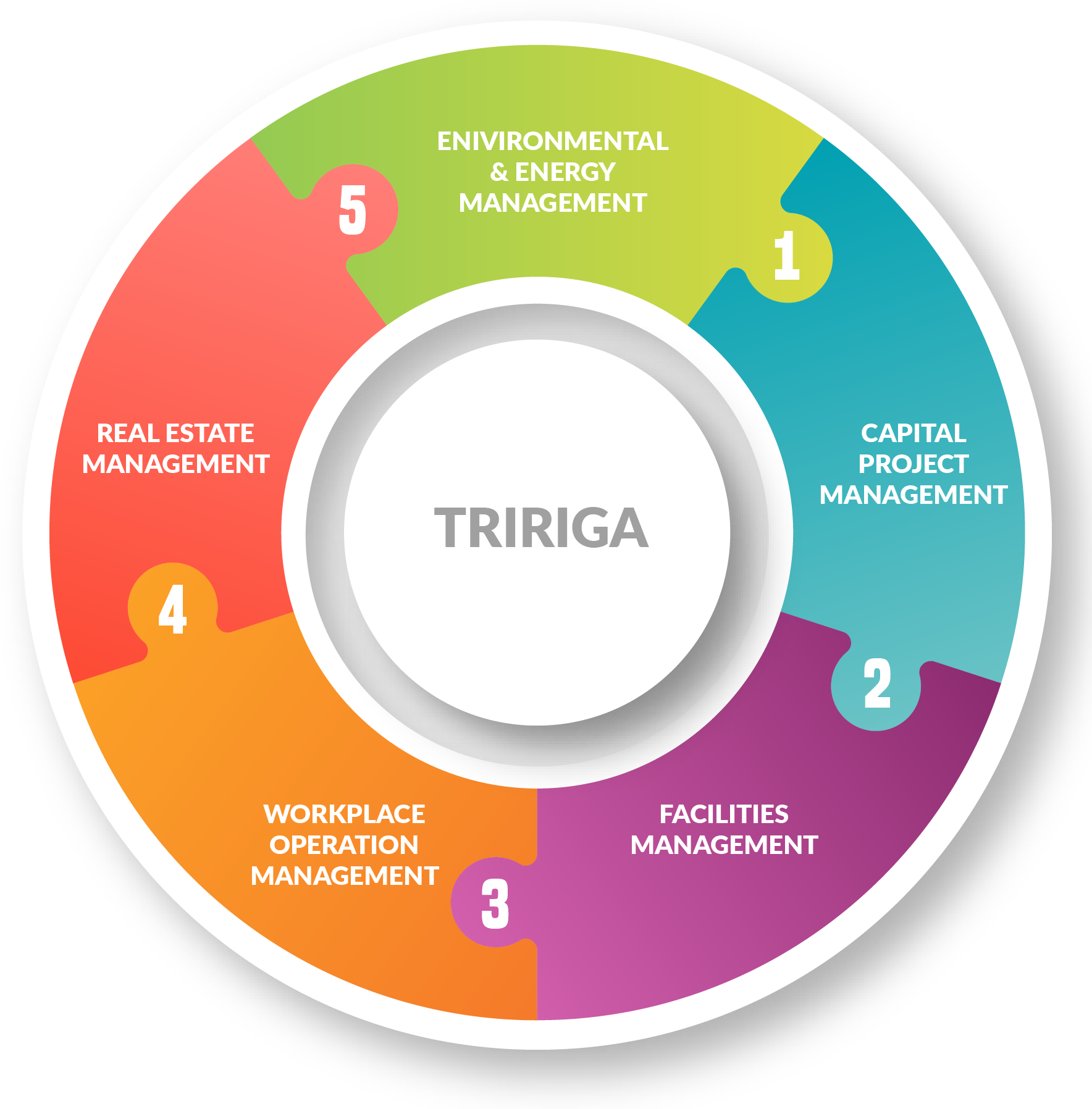
What are Perceptive Apps?
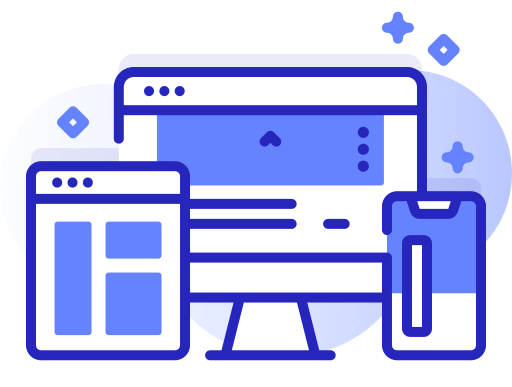
IBM TRIRIGA introduced Perceptive Applications in
this latest version. A Perceptive App refers to an advanced type of UX
application that is designed, developed, and delivered by TRIRIGA team. This
enable you to more easily meet business requirements with an intuitive
web-based user interface, compatibility with touch interfaces, and enhanced
performance.
Now, instead of tying forms to “things” like people
and locations, views are tied to “actions” like creating or submitting
requests.
A Perceptive App is a browser-based web page that
uses one’s mobile device’s native platform. To use these apps, users download
an app container from the respective stores of the Operating System. When the
container is launched, it displays an HTML5- and JavaScript-enabled web-based
interface, which lets users access many mobile-based features that work with
the IWMS. Perceptive apps offer far more features than the form-based web apps.
However, one key advantage is that they’re usually not limited to a single
platform, which opens up options as to which mobile devices users may use.
Why Perceptive Apps?

Unlike the Native Apps which are limited to
developers, Perceptive Apps are available to every user and admin. TRIRIGA
developers developed an intuitive UX framework that enables smart navigation.
This technical benefit helps to determine the future of smarter buildings.
Different Perceptive Apps
1. Space Assessment/Management App-
Space Application enable the user to track space
utilization data in buildings by auditing and allocating your spaces. This app
allows you to create an assessment for a floor plan, select a space, add or
remove people from space, move to next space. Space Management app on the other
hand allows you to review completed assessments, accept or reject changes.
Space Assessment and Management apps are
inter-related. Space Assessment is incomplete unless the user completes the
review and approve the assessment process.
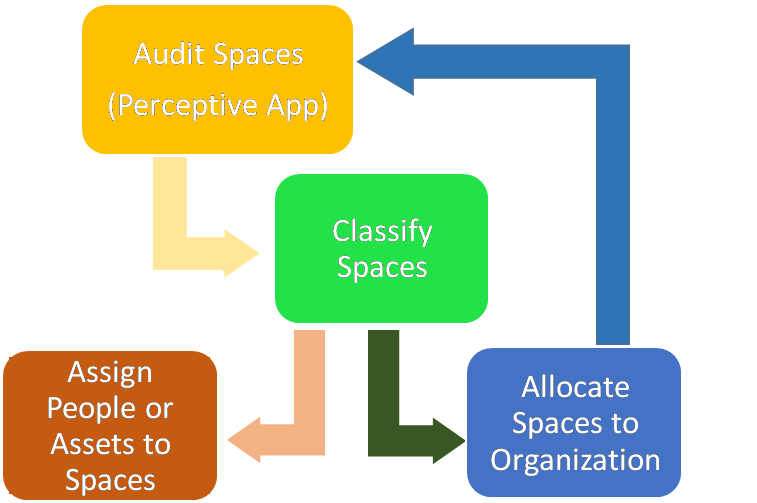
2. Move App-
Create a separate move request to move buildings or
assets or people. You can also search when or where you want to move and select
the available room and raise the request. You can also select a number of items
to perform a group move and submit the request to move multiple assets or
people in a single request.
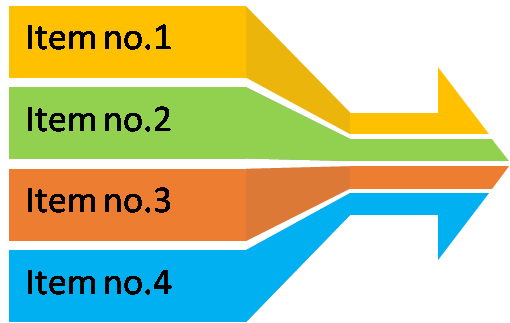
3. Workplace Services Apps-
- Workplace Services Portal –
Users can access the portal to create or raise a service request or
reservation.
- Workplace Services Portal –
For creating a service request, users can select a category for each
service request and also can add comments or details for that request and
then submit.
- Reservation App – Users can make a
reservation, add rooms or assets to that reservation. Also this app allows
the users to add room service orders if needed.
- Locate App – Users can look for
rooms for meeting or workspaces or other rooms like printing room,
restroom. Users can also look for people like employees.
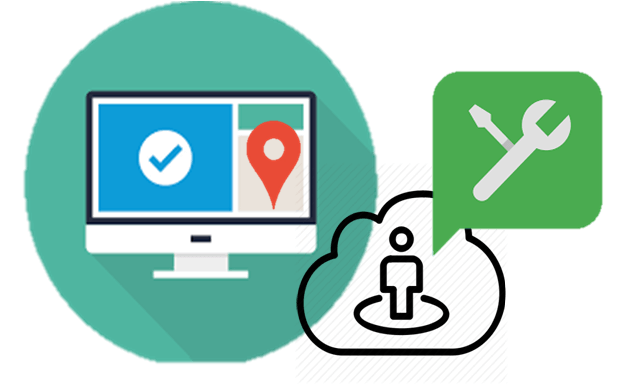
4. Work Task Management Apps-
·
Work Task Services Portal – Users can access the assigned work tasks and also create their own
work task. The tasks can be accessed from multiple devices.
·
Work Task App – Users can perform the assigned work task and add their comments or
any details to the respective tasks and complete the task.
·
BIM View –Now you can gain a more interactive 3D experience when you look for rooms
or assets within your building. With Building Information Modeling, the system
clearly demonstrates the necessary data like space occupancy, number of
tenants, financial performance and more.
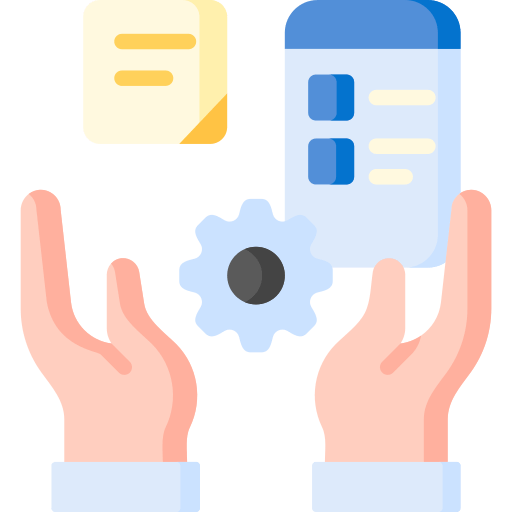
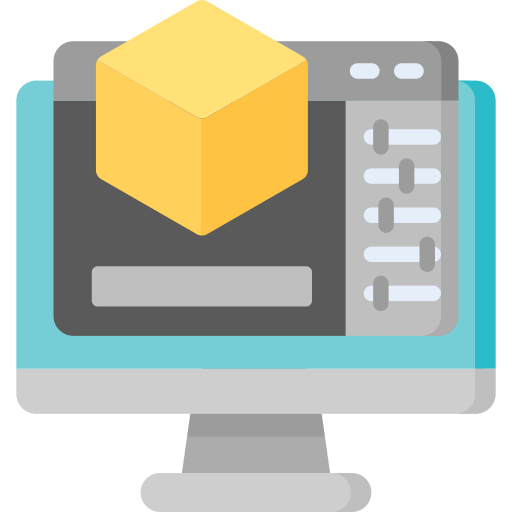
5. Connector Apps –
Now you can use the IBM Watson Analytics service to discover the meaning in
your data. Predictive analytics can be performed with visualizations and
intuitive dashboards can be created to gather insights from the data that you
feed from TRIRIGA.

Perceptive apps are targeted to specific task-driven functionalities.
Moreover, these application views are tied to “actions”, so employees render the
interface based on the functional needs. TRIRIGA developers are still in the
pursuit of transforming the perceptive apps into a fully-optimized mobile
extension of IWMS. With the new streamlined application design, performance and
UI/UX, the perceptive apps are a win-win for both the developers as well as the
clients.
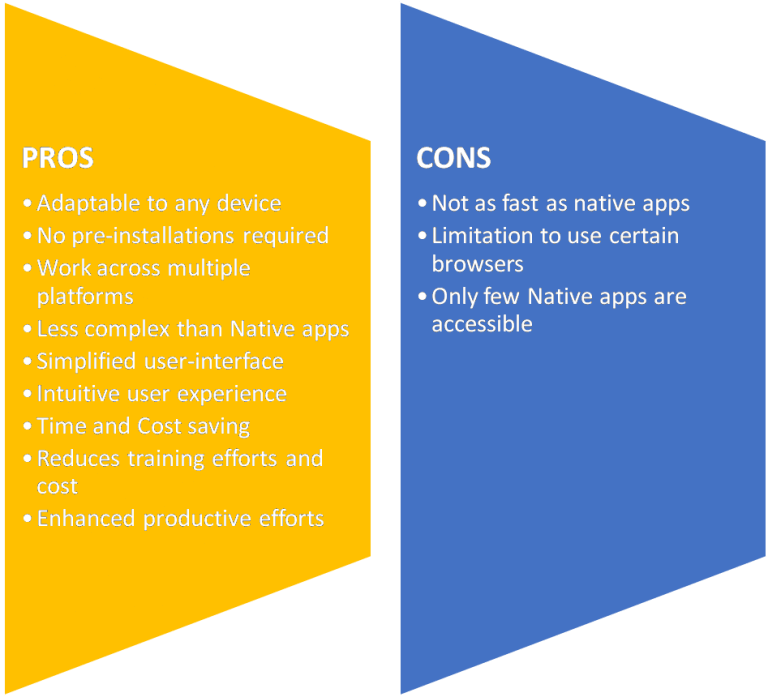
Comments
Post a Comment